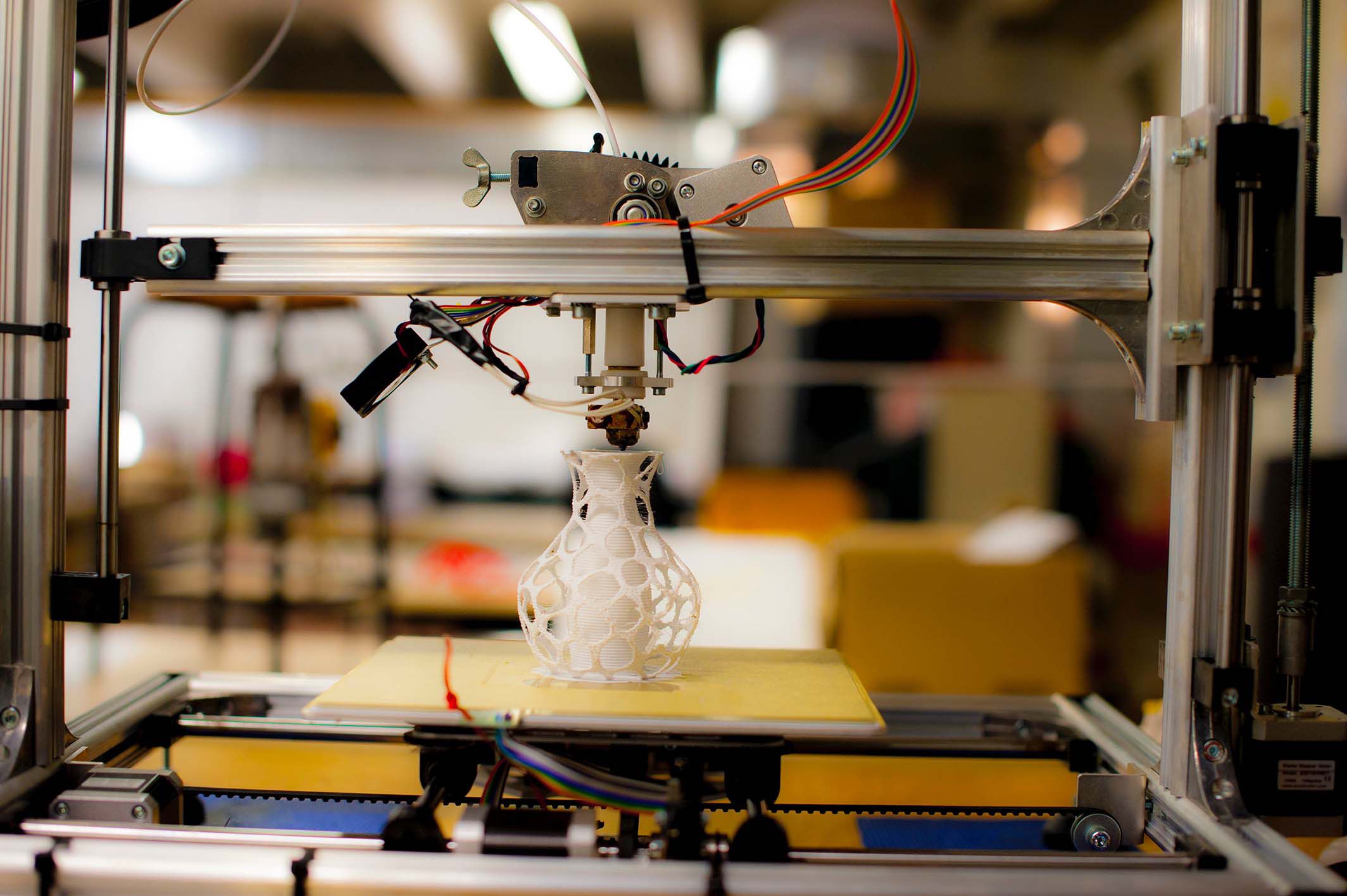Autonomous vehicles, also known as self-driving cars, are poised to revolutionize the way we move around. They have the potential to reduce accidents, lower transportation costs, and increase accessibility for people with disabilities. In this blog post, we will discuss the technology behind autonomous vehicles, their benefits, and challenges.
What are Autonomous Vehicles?
Autonomous vehicles are cars that use sensors, software, and artificial intelligence (AI) to navigate the roads without the need for human intervention. They can detect and interpret their environment using sensors such as cameras, lidar, and radar, and make decisions based on that information.
The Benefits of Autonomous Vehicles
There are many benefits to using autonomous vehicles. One of the most significant benefits is safety. Autonomous vehicles have the potential to reduce accidents caused by human error, which is the leading cause of accidents on the roads. Additionally, autonomous vehicles have the potential to improve accessibility for people with disabilities, who may be unable to drive themselves.
Another benefit of autonomous vehicles is increased efficiency. With autonomous vehicles, there is no need for drivers, which can reduce transportation costs significantly. Autonomous vehicles can also optimize their routes and speed, resulting in lower fuel consumption and emissions.
The Challenges of Autonomous Vehicles
Despite the benefits of autonomous vehicles, there are still significant challenges that need to be addressed. One of the most significant challenges is the cost of the technology. Autonomous vehicles require complex sensors, software, and AI algorithms, which can be expensive.
Another challenge is the regulatory framework. Governments need to develop and implement policies and regulations that ensure the safety and security of autonomous vehicles on the roads. There are also ethical considerations to be addressed, such as the programming of autonomous vehicles in situations where there is a potential collision with pedestrians or other vehicles.
Conclusion
Autonomous vehicles have the potential to revolutionize the way we move around. They offer numerous benefits, including increased safety, accessibility, and efficiency. However, there are still significant challenges that need to be addressed, such as the cost of the technology and the regulatory framework. It will be interesting to see how this technology develops and what impact it will have on our lives.









